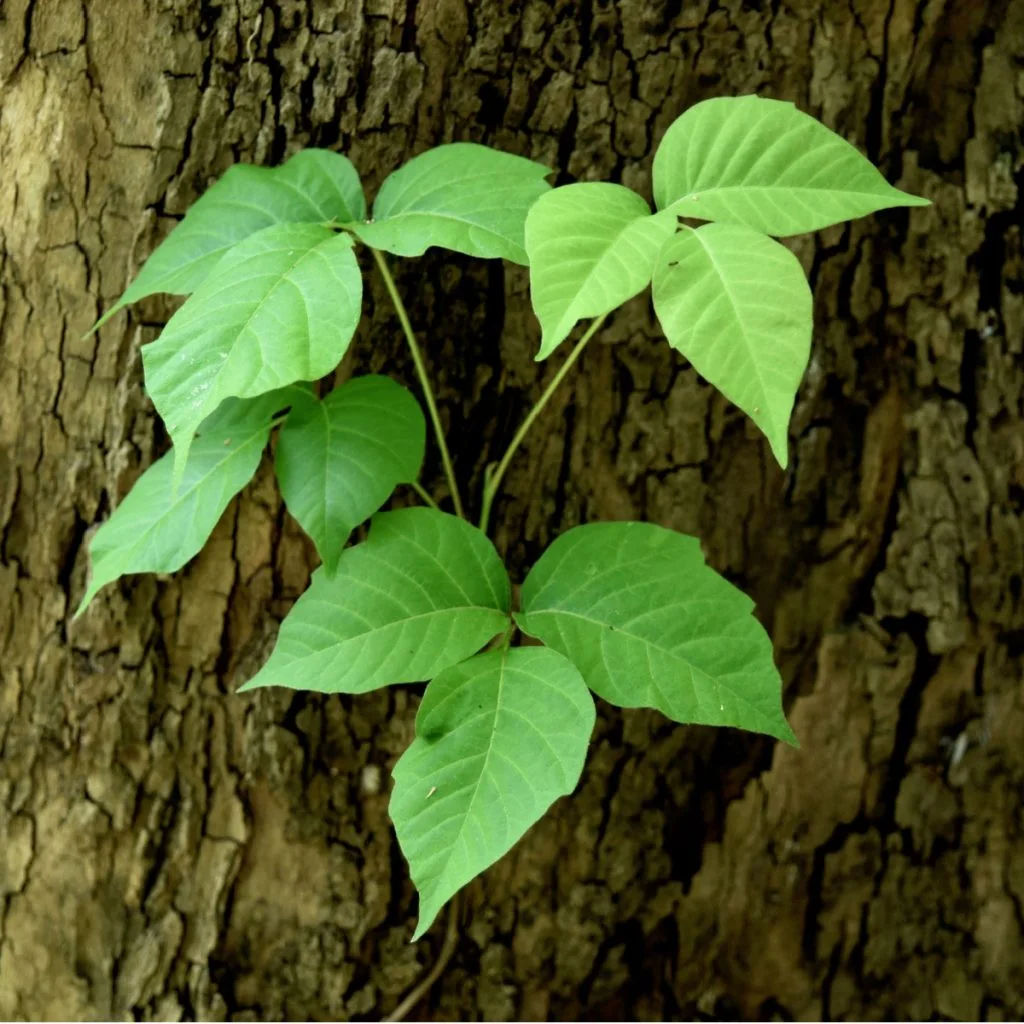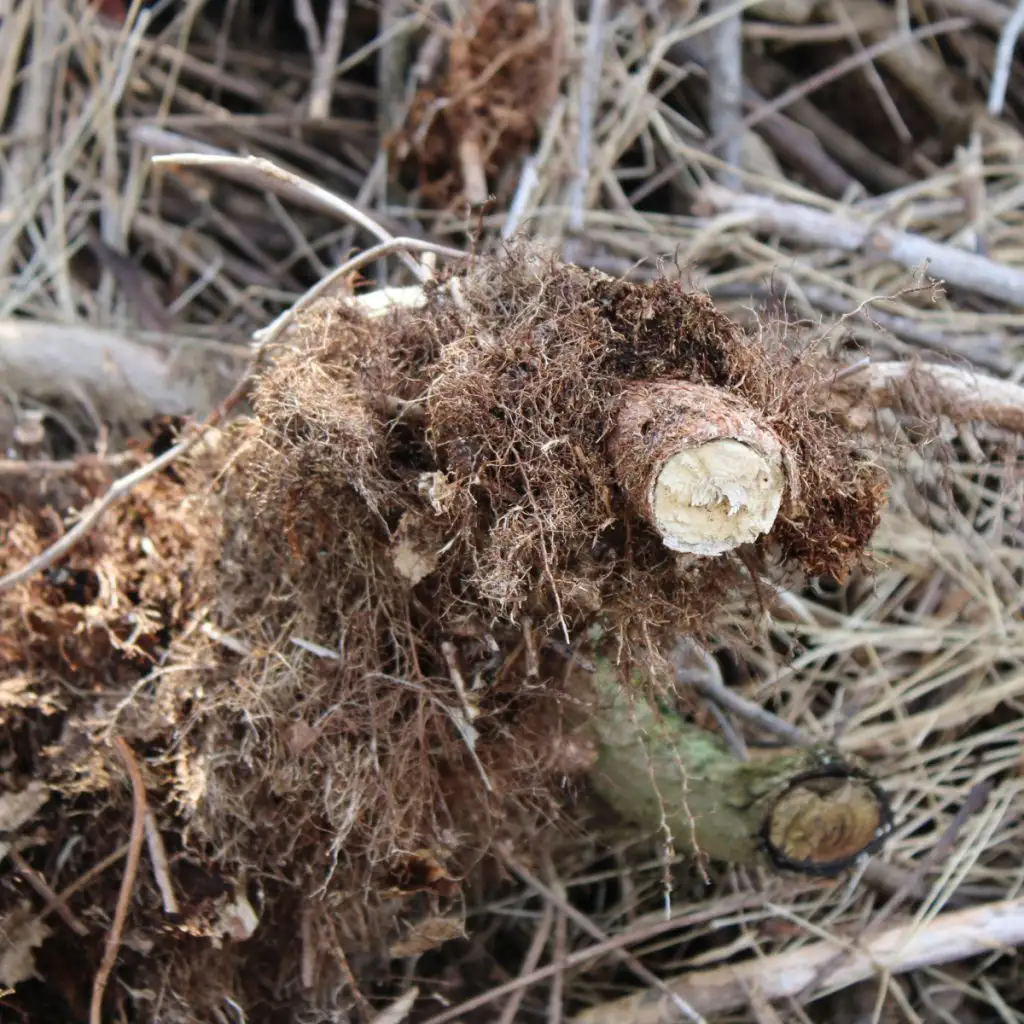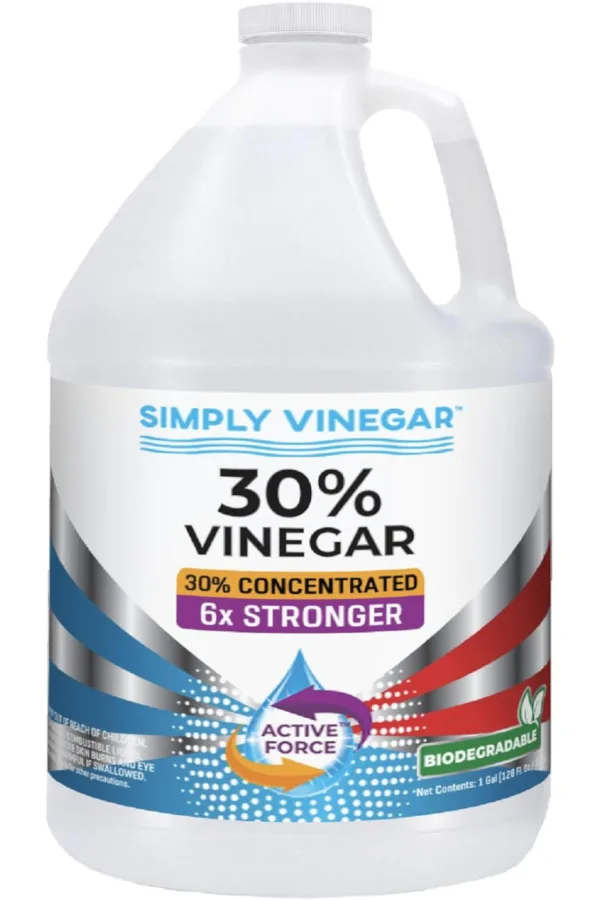Looking for a few natural, safe and effective ways to kill the poison ivy plants on your property once and for all?
The poison ivy plant, with its long trailing vines and signature 3 leaf foliage pattern, is a sight no one wants to encounter around their home. Not only do the leaves of this dangerous plant contain a sap that a large percentage of the population is highly allergic to, its berries, roots, and all other parts of the plant contain it as well!
Along with poison sumac and oak, poison ivy’s sap can create an itchy, red rash when it comes in contact with skin. Although not every human being is allergic to its sap, nearly 85% of the population is. And can it ever cause all kinds of serious issues for those who are!

One thing is for certain, no matter what or how you try to deal with poison ivy, be sure to wear proper protective attire. Always have on long pants and sleeves when handling plants. Wear eye protection, gloves, and rubber boots that can be washed and scrubbed.
How To Kill Poison Ivy For Good
Why Poison Ivy Is So Hard To Kill
When it comes to removing poison ivy from your yard or property, the biggest mistake people often make is trying to get rid of just the surface of the plant.
Poison ivy survives and spreads because of its thick underground root system. Even if the leaves and vines are chopped or burned away, the root system below the surface stays alive and can send up new shoots.
This is why people often think they’ve removed it successfully, only to see it come back a few weeks later. The problem with most natural solutions – like using salt, dish soap, or boiling water – is that they don’t reach the root zone deeply enough to do any lasting damage. At best, they might wilt or burn the leaves temporarily, but they rarely kill the plant outright.
To kill poison ivy completely, you must target and destroy its roots. That’s where industrial or horticultural vinegar comes into play. Unlike typical home remedies that only damage the surface or stunt the growth temporarily, horticultural vinegar has the power to penetrate and kill poison ivy all the way down to its roots.

What Is Horticultural Vinegar?
Horticultural vinegar is a stronger, industrial version of regular vinegar. While household vinegar is typically around 5% acid, horticultural vinegar ranges from 20% to 45% in strength, with 30% being one of the most commonly available and effective concentrations for tough weeds like poison ivy.
The acid in vinegar burns through plant cells and dries them out. At 30%, the acid is strong enough not only to damage the leaves, but also to seep down into the stem and root system when used correctly. Affiliate Link: 30% Vinegar – Pure Concentrated Active-Force Vinegar
It is important to note that horticultural vinegar should always be handled with care. The higher the acidity, the more dangerous it becomes. Not just to plants, but to your skin and eyes. That is why gloves, goggles, and a mask are strongly recommended when applying it.
How Vinegar Kills Poison Ivy
When sprayed directly on the leaves of poison ivy, horticultural vinegar dries out the foliage quickly. The leaves turn brown, curl up, and fall off. More importantly, the acid moves through the plant’s internal system, heading down toward the roots.
This drying and burning effect weakens the entire plant. With repeated applications, the acid can completely kill the root structure, which is the only real way to eliminate poison ivy once and for all. (This also works on many other weeds too : See our article: How To Stop Weeds With Vinegar)
Applying The Vinegar To Kill Poison Ivy
To apply, fill a heavy-duty sprayer with the 30% vinegar. Use one that can handle acidic liquids, as regular plastic sprayers may break down over time. Keep it separate from any sprayers you use on vegetables or flowers
Cover the leaves and stems completely with vinegar. Be sure to coat the entire plant. You should see visible signs of the leaves drying and wilting within a few hours
Be extremely careful not to spray any other plants or grass nearby. Horticultural vinegar is non-selective, which means it will damage or kill anything it touches. Use a cardboard shield or plastic barrier if you’re working near plants you want to keep.
However, it’s important to be thorough. Any leaves left untreated will continue to provide the plant with energy. That’s why covering as much of the poison ivy plant with vinegar is so important for success.

What Happens After Spraying?
Within a day or two of spraying, the vinegar will begin to kill the poison ivy off. Stems will start to brown and dry out. While the top of the plant may appear dead, you should wait at least a week before disturbing the area.
After 7 to 10 days, check the plant’s condition. If there is still any green or fresh growth, repeat the spray treatment. For well-established vines or deep root systems, it may take two or three applications spaced 7 to 10 days apart to kill the plant entirely.
Once everything is dead and dried out, you can pull the plant and its roots out of the ground. But even then, make sure to wear gloves and long sleeves. Dead poison ivy can still contain the oils that cause skin reactions.
Staying Ahead Of Regrowth
Poison ivy has a sneaky way of returning. Especially from underground runners or unnoticed roots. After using vinegar to kill off the visible plants, keep a close eye on the area for the next few weeks. At the first sign of new growth, spray again right away.
It’s also a good idea to mulch the area heavily with wood chips or straw after removal. This blocks sunlight and makes it harder for any remaining roots to re-establish. Here is to using vinegar to finally kill poison ivy – and keep it from returning for good!
Simple Garden Life
Follow Our Facebook Page For Even More Great Tips! Simple Garden Life Facebook Page
Simple Garden Life is a website dedicated to keeping gardening fun, simple and enjoyable! We publish two new articles each week along with a new garden podcast episode every two weeks. This article may contain affiliate links.

